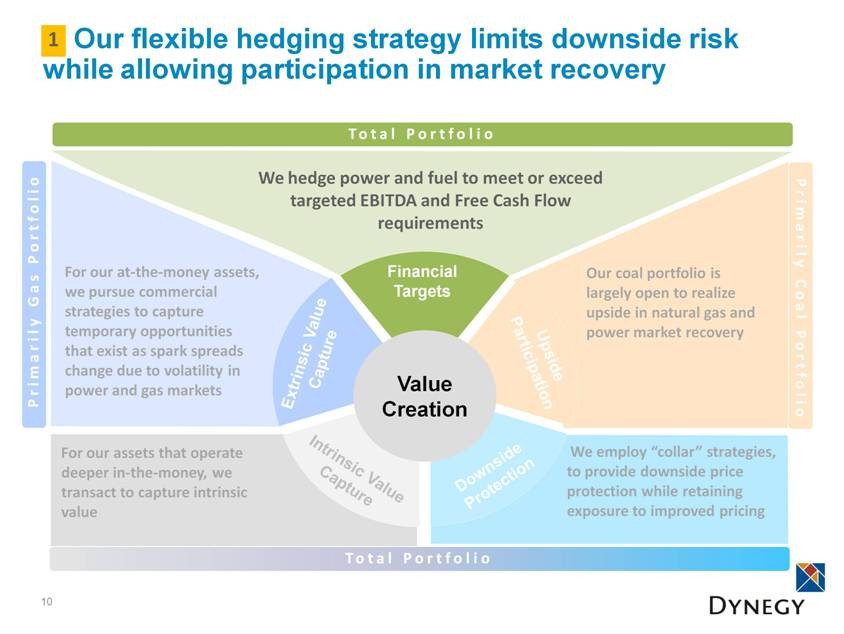Hedging Protect Your Portfolio Cashflow Strategies
Post on: 25 Апрель, 2015 No Comment

The stock market has been going up now for the past 5 years. The question is what do you need to do to protect your portfolio from the next drop? Everyone that was paying attention to the stock market knows that their portfolio lost a lot of money during 2008. During the 2008 market meltdown did you know that some investors were able to avoid major portfolio losses? These investors were able to do so by hedging their overall portfolio.
Hedging is a technique or strategy that is used by an individual investor, corporation, or money manger to limit exposure in an investment portfolio. One of the easiest ways to hedge or “bet” against, or to profit when the price of a stock, ETF, or index falls is to buy a put option.
When an investor purchases a put option, he or she will want to purchase the put option(s) an underlying financial asset that is most correlated to their overall portfolio. When an investor buys put options, they will essentially be risking just a small amount of capital in order to protect their overall portfolio.
Example:
Let’s assume that our portfolio’s mutual funds are essentially invested in blue chip US stocks. Because our portfolio is most likely correlated to the Dow Jones Industrial Average we can choose to hedge our overall portfolio by purchasing put options on the DJIA. We would then figure out the total value of our portfolio that needed to be hedged and then purchase enough put options to protect us against a drop in our mutual funds.
During the month that we were hedging our portfolio if our mutual funds dropped in value the overall DJIA would have also dropped in value. Due to this drop our mutual funds would have lost money however we would now be able to exercise our put options on the DJIA. When we went and sold our DJIA put options at a profit the amount of money that we lost in our mutual funds would have been offset to some degree. Hopefully on our hedge we would have been able to make back most of what we lost on our overall portfolio. A perfect hedge would mean that we were able to cover all of our losses through this process but a perfect hedge is not always possible. Our goal is to offset as much of the loss as possible.
If, however, during the month the mutual funds did not drop in value then we would have been out the amount of money that we paid to purchase the put options. Keep in mind that everyone pays a premium monthly to protect their car, house, and business against losses. All we are doing here is paying a premium to protect our overall portfolio. The cost of this protection has to come from somewhere so we take it out of the profit that we hopefully make each year on our portfolio.
Now, are there other strategies that can be used to hedge a portfolio? The answer is yes, to find out how come and join us at one of our events.
To learn about hedging your portfolio and more advanced strategies visit us at a live CashFlow Strategies event.














